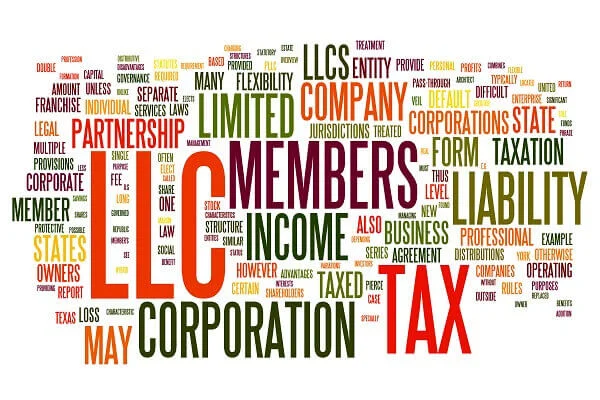When an employee becomes part-owner of the company he works for, his entire relationship with the company changes and his work attitude might be positively affected in a manner that no other incentive can match. An Employee Stock Ownership (ESOP) plan, if carefully designed, can yield a variety of other benefits as well, including tax savings. Although the terms of an ESOP are somewhat flexible, they do bear certain features in common.
The Basic Structure of an ESOP
An ESOP is a benefit plan that the employer (and sometimes the employee) contributes to. Unlike salary benefits, its assets can be measured in company stock (cash contributions may be allowed as well), giving the employees a direct stake in the success of the company – if the company’s stock soars, the employees’ assets increase, too.
In a typical ESOP plan, a company will fund an ESOP by establishing a trust fund and (i) contributing shares of company stock, (ii) contributing cash to buy company shares, or (iii) borrowing money to buy company shares and paying back the loan over time.
In other types of ESOP plans, employers match employee 401(k) contributions with contributions of company stock and employees can also invest in company stock. The company may grant its employees the right to purchase shares at a certain price for a certain number of years.
The total amount of benefits available to each employee is based in how much stock he accumulates over time, although the exact benefits depend on the terms of the particular plan. ESOP contributions are typically measured as a percentage of the employee’s salary, although other contribution plans are possible.
Trouble in Paradise: Fiduciary Duty and ESOP Litigation
The main sources of regulation of ESOPs are the Employee Retirement Income Security Act of 1974 (ERISA). ERISA sets fiduciary duties of care, loyalty, information disclosure, etc., for plan managers, and it allows employees to file lawsuits for breach of these fiduciary duties. A recent Supreme Court decision, however, has made it somewhat more difficult for employees to file lawsuits over breach of fiduciary duty with respect to publicly traded shares.
Summary of Some of the Major Tax Benefits of an ESOP
The tax benefits of an ESOP are numerous, including (but not limited to):
Contributions of both stock and cash are tax-deductible.
In S corporations, the company ownership percentage held by the ESOP is income tax free.
ESOP dividends are tax-deductible in most cases.
Employee contributions to an ESOP are tax-free.
ESOP distributions to employees that represent gains (stock appreciation) are taxed at low capital gains rates rather than ordinary income tax rates.
Employees can “roll over” their ESOP distributions into an IRA instead of paying current tax, if they so choose. A 10 percent penalty applies to the income taxable portion of the distributions if distribution is made before retirement age and if the employee does not roll over his contributions.
Contact CKB Vienna Today
If you are considering creating an Employee Stock Option Plan, or if you seek to revise such a plan that you have already created, call CKB Vienna today or contact us online to schedule a consultation. We serve clients in Rancho Cucamonga, San Bernardino County, Los Angeles County, Orange County, and Riverside County.

